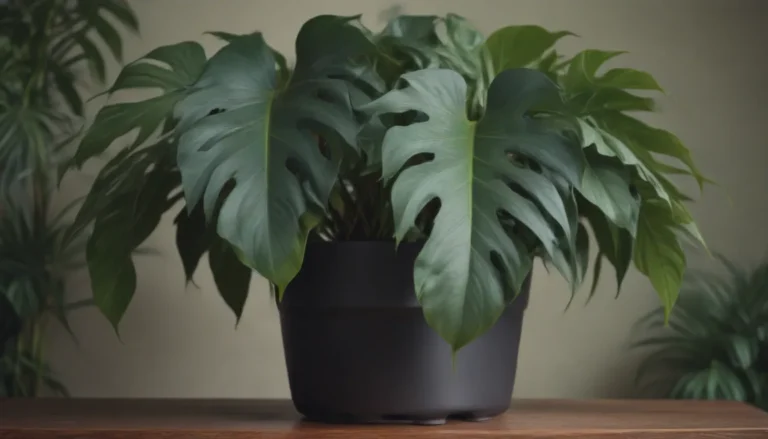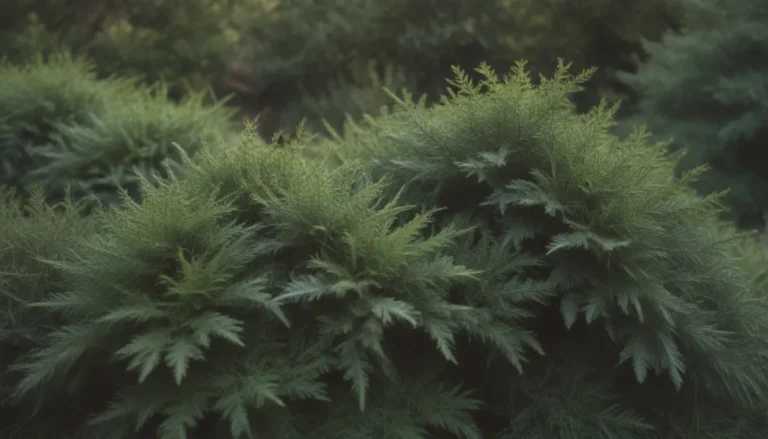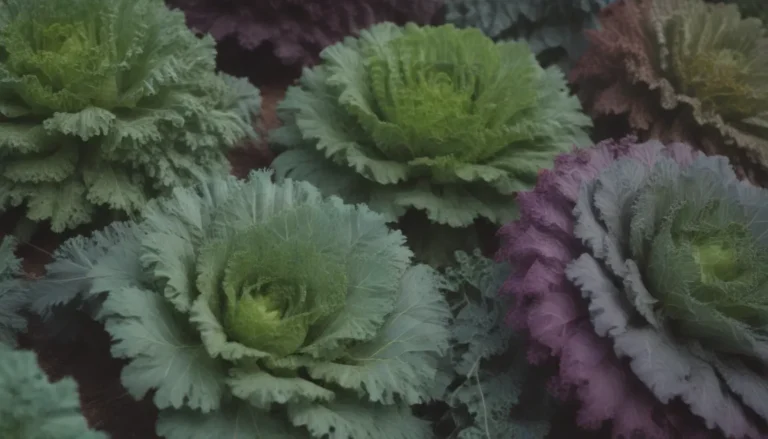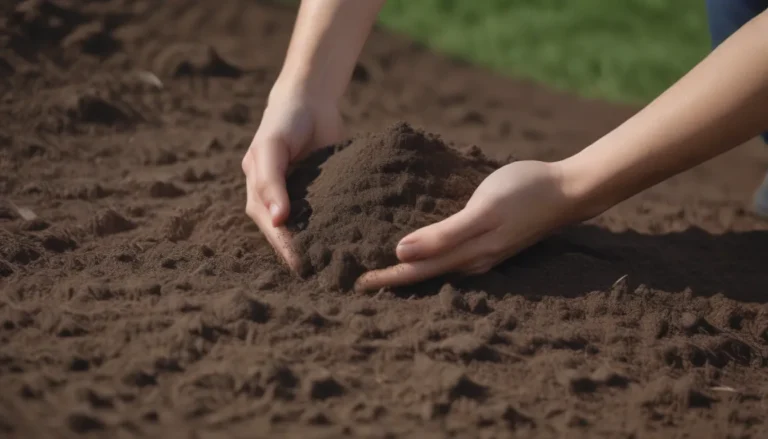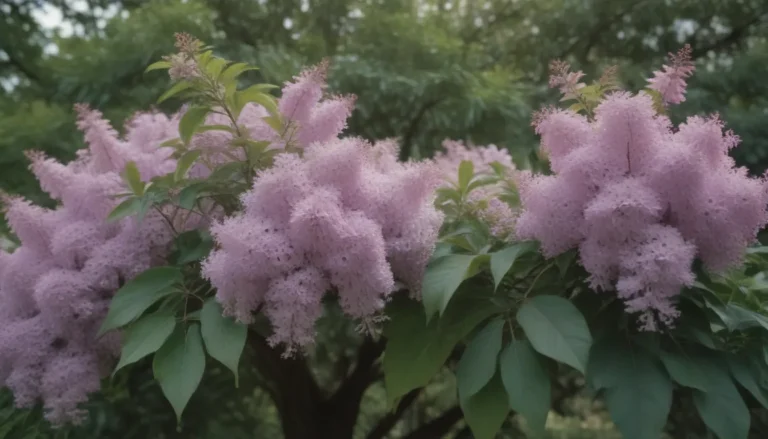Complete Guide to Bromeliad Care and Growing
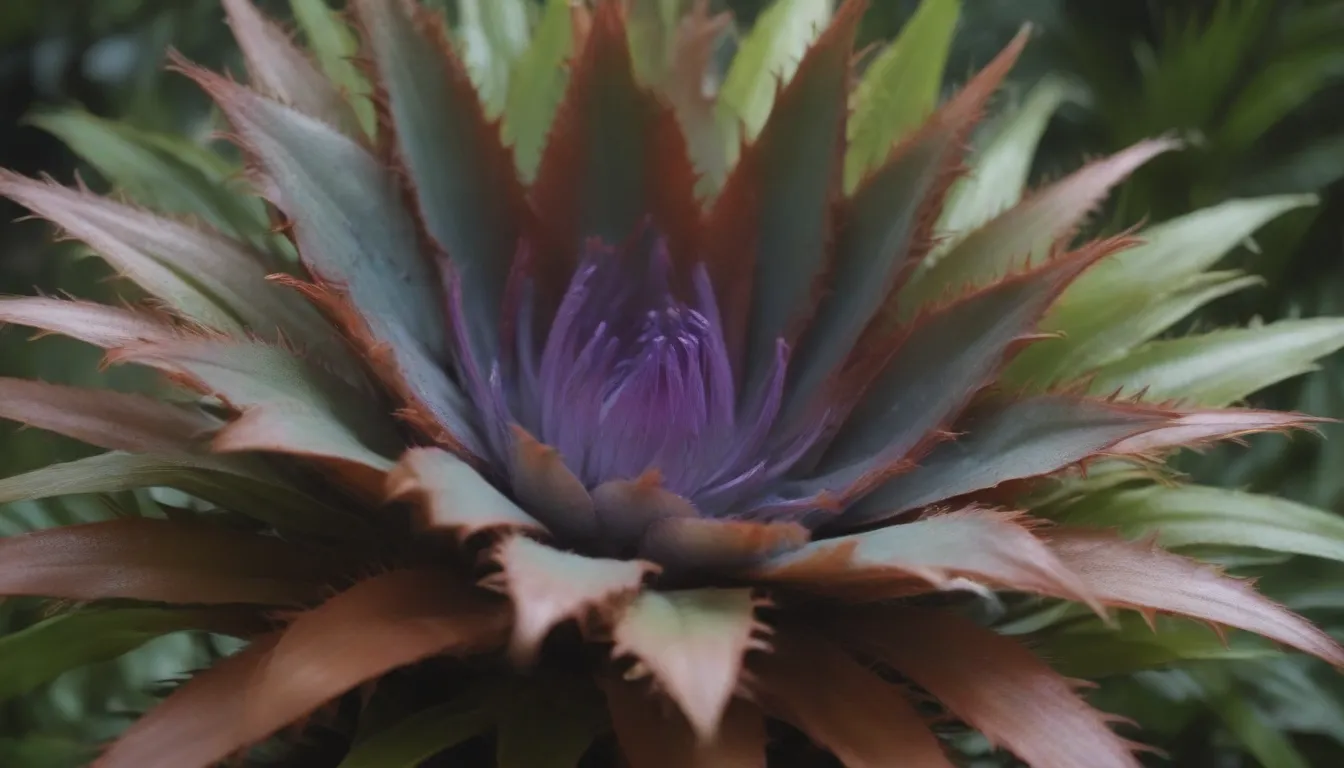
Welcome to the ultimate guide to bromeliad care and growing! In this comprehensive article, we will explore everything you need to know about caring for these stunning tropical plants, from their unique features to common problems and how to propagate them. Whether you are a beginner or a seasoned plant enthusiast, this guide is sure to provide valuable insights to help you successfully cultivate and enjoy your bromeliads.
Introduction to Bromeliads
Bromeliads are fascinating plants that may appear intimidating to grow at first glance. However, these showy epiphytes are surprisingly easy to care for in typical home conditions, offering a vibrant array of colors and textures. Unlike traditional plants, bromeliads do not require soil to thrive; they can cling to trees, be mounted on objects, or planted in shallow soil. With their stunning foliage and occasional splashy flower displays, bromeliads are a delightful addition to any indoor or outdoor space.
Key Characteristics of Bromeliads
- Bromeliads are epiphytic plants, meaning they do not need soil to grow.
- They produce colorful flowers once in their lifetime under the right conditions.
- After flowering, bromeliads produce pups or baby offshoots for propagation.
- Many bromeliads are prized for their multicolored foliage in various patterns.
- Some popular bromeliad genera for beginners include Guzmania, Neoregelia, and Vriesea.
Bromeliad Care Tips
To ensure your bromeliads thrive and bloom beautifully, it is essential to provide them with the right care. Here are some key care tips to keep your bromeliads healthy and vibrant:
Light
- Provide bright, indirect light for most bromeliads.
- Varieties with soft, flexible leaves prefer lower light levels.
- Stiff-leaved bromeliads thrive in bright, indirect light.
- Avoid direct sunlight, as it can scorch the leaves.
- Monitor plant color to adjust light exposure accordingly.
Soil
- Use a fast-draining potting mix for indoor bromeliads.
- A mixture of peat-based soil and sand is ideal.
- Consider orchid mix, charcoal, or soilless potting mix alternatives.
- Epiphytic bromeliads can be mounted without soil on boards or logs.
Water
- Keep soil moist but not soggy for most bromeliads.
- Do not overfill the central cup of the plant.
- Water sparingly through the soil weekly during the growing season.
- Reduce watering during the winter rest period.
- Epiphytic bromeliads need more attention, mist them with a spray bottle or soak them in water weekly.
Temperature and Humidity
- Bromeliads prefer temperatures between 60-85 degrees Fahrenheit.
- Protect plants from cold temperatures below 40 degrees.
- Maintain 40-50 percent humidity indoors for optimal growth.
- Mimic tropical, humid conditions for outdoor bromeliads during the summer.
Fertilizer
- Use a diluted liquid fertilizer during the growing season.
- Avoid feeding mature plants in winter or during flowering.
- Bromeliads are not heavy feeders and do not require frequent fertilization.
Growing Bromeliads Outdoors
Bromeliads can thrive outdoors in tropical environments, but they may need protection from extreme weather conditions. When growing bromeliads outside, consider the following tips:
- Plant them in containers with shallow soil in shaded areas.
- Provide indirect sunlight to prevent leaf scorching.
- Water outdoor bromeliads when the soil dries out, ensuring good drainage.
- Bring plants indoors during colder months to protect them from frost.
Types of Bromeliads and Propagation
In their native habitats, bromeliads can be found in a variety of species and genera. Some common types of bromeliads include Guzmania, Neoregelia, Vriesea, and Ananas comosus ‘Champaca.’ Propagating bromeliads is best done through offsets or pups produced by the parent plant:
- Cut off pups when they reach one-third the size of the parent plant.
- Pot pups individually in well-draining soil.
- Pups will develop roots and grow into mature plants over time.
Common Pests and Issues
While bromeliads are relatively resilient plants, they can be susceptible to certain pests and cultural problems. Here are some common issues to watch out for:
Pests
- Mealybugs, aphids, and scale bugs may occasionally infest bromeliads.
- Control pests by spraying with a water and soap mixture or using rubbing alcohol on scale bugs.
Common Problems
- Overwatering can lead to root rot and plant decline.
- Use well-draining pots and avoid excessive watering to prevent issues.
- Avoid hard water to prevent mineral buildup on leaves and cups.
How to Encourage Blooms
Encouraging bromeliads to bloom can be a rewarding experience. While replicating ideal bloom conditions can be challenging, exposing plants to ethylene gas can stimulate flowering:
- Use a ripe apple in a sealed bag to release ethylene gas and induce blooming.
- Ensure the plant’s central cup is dry before attempting this method.
Conclusion
In conclusion, bromeliads are unique and captivating plants that can thrive with minimal care in the right conditions. By providing adequate light, water, temperature, and nutrients, you can enjoy the beauty of these tropical wonders in your home or garden. Whether you are a novice gardener or a seasoned plant enthusiast, growing bromeliads can be a rewarding and enjoyable experience.
Remember to monitor your bromeliads regularly, watch for signs of pests or issues, and adjust care practices as needed to ensure their continued health and vitality. With proper care and attention, your bromeliads will flourish and delight you with their vibrant colors and stunning blooms for years to come.
Happy growing!

